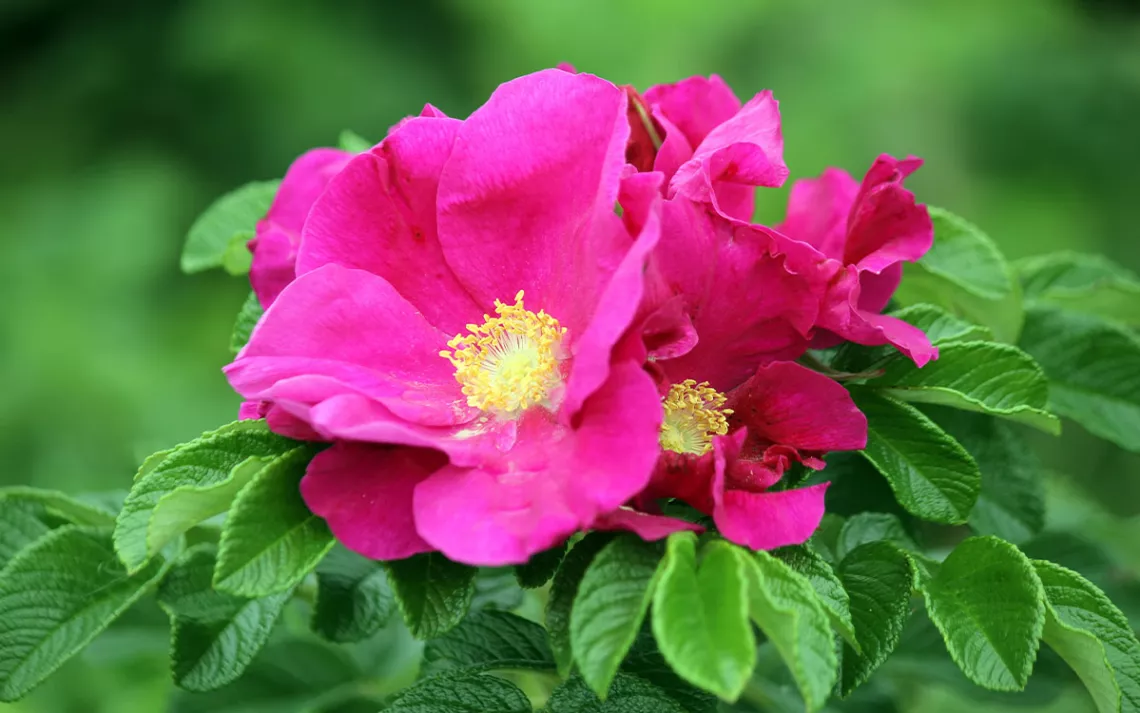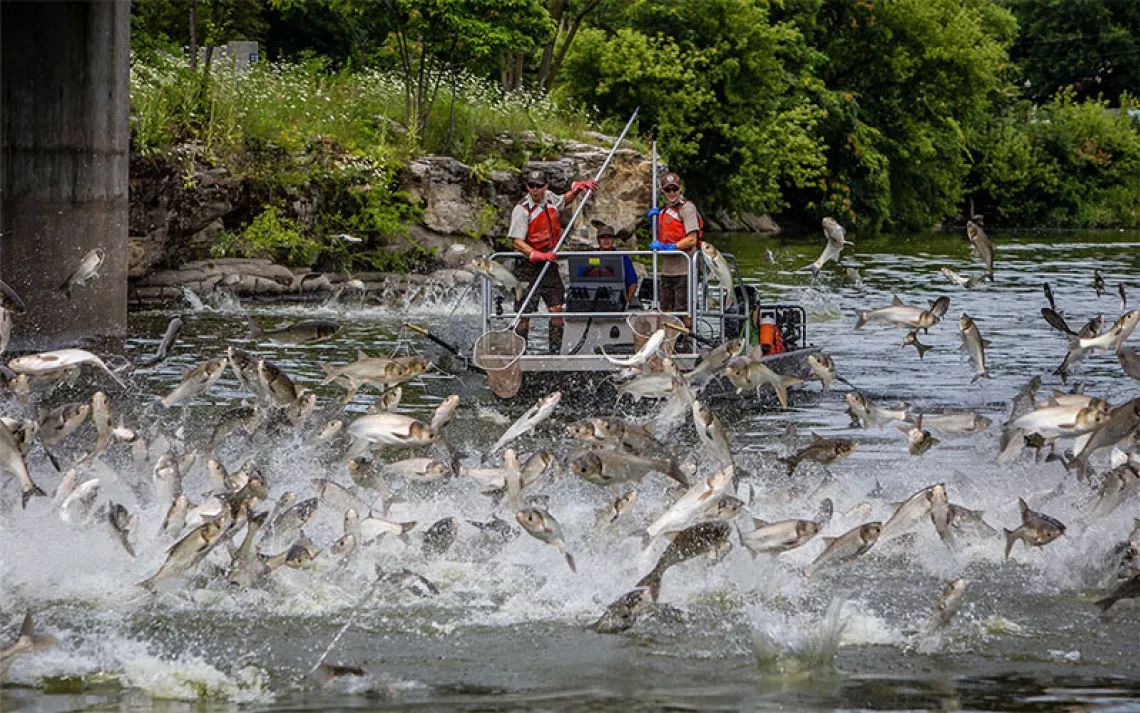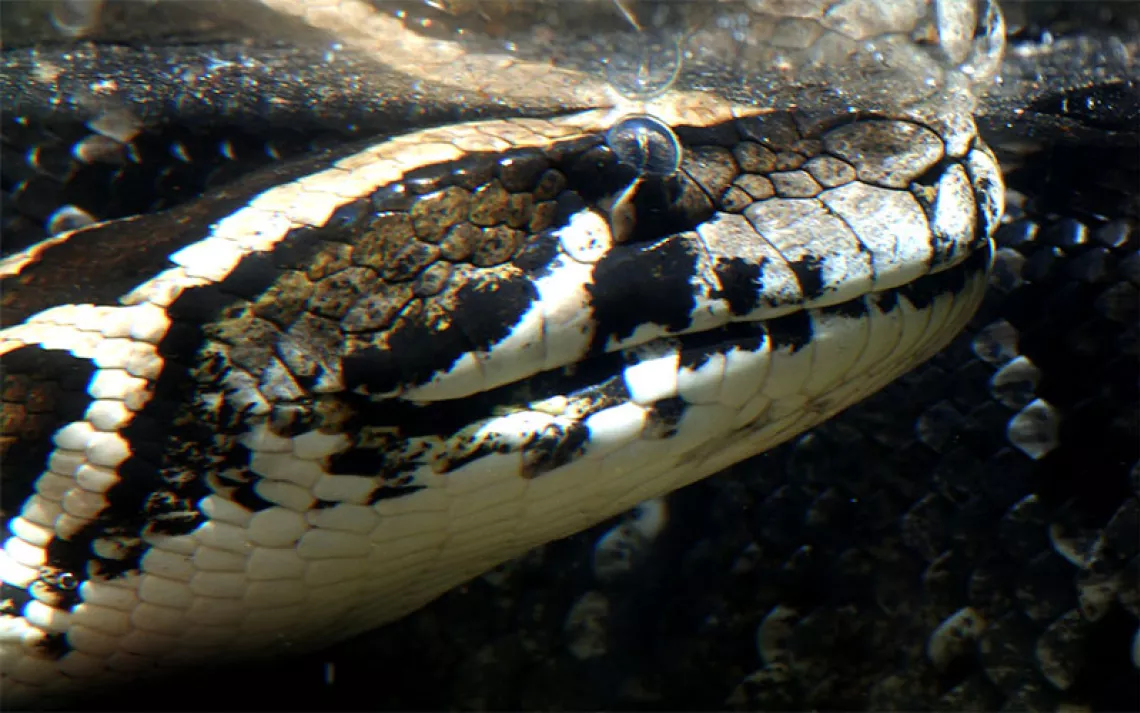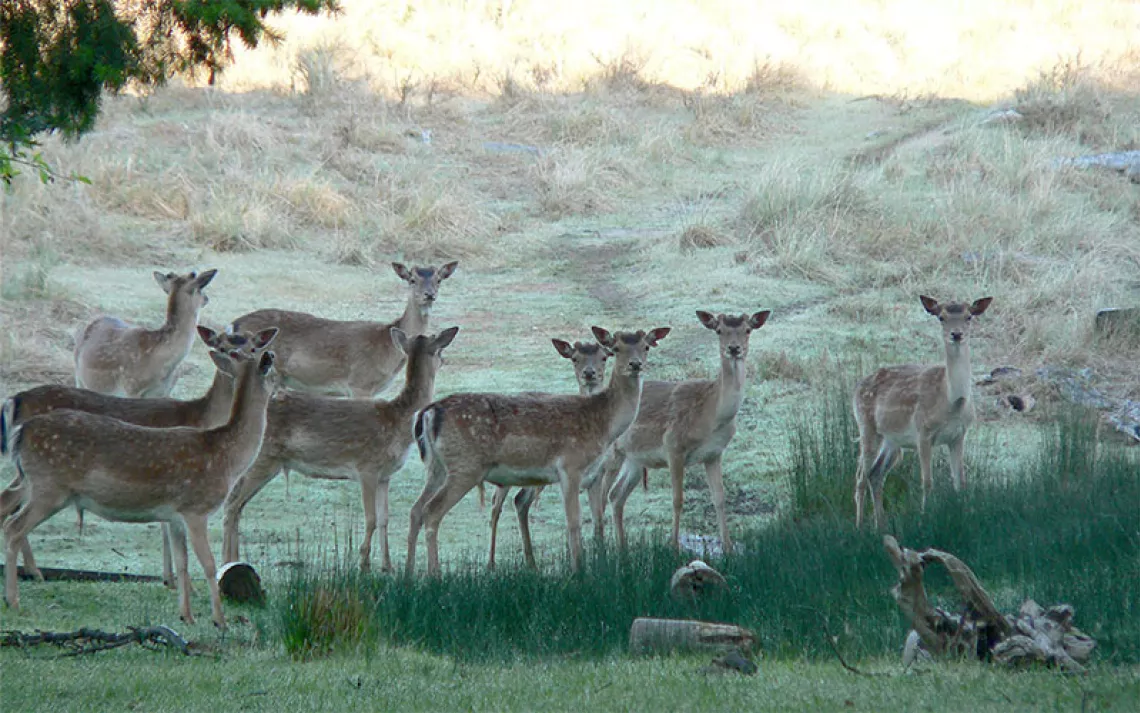What to Do When a Plant Is Invasive But Also Serves a Purpose
Here’s how one plant got its own classification on Maine’s banned plant list

Beach rose . | Photo by 2ndLookGraphics/iStock
Over generations, Rosa rugosa has evolved into a symbol of summer vacations in Maine. Its red, plump fruits that look like crowned maraschino cherries are a social media favorite. But the beach rose, originally from Asia, has outcompeted native species and is now ubiquitous along the coast. Notwithstanding the woody perennial’s seaside connotations, members of the Maine State Terrestrial Invasive Plant Stakeholder Committee took note, and in the summer of 2022, the beach rose was a candidate for Maine’s list of plants that would become illegal for sale in the state.
Despite simple criteria for the list—plants have to be non-native to Maine, have the potential to displace native species, and grow rapidly—not every decision was straightforward. The beach rose’s attributes as a hearty plant that can withstand an abundance of salt means that there is an appeal. “[The committee] decided yes, it was potentially invasive to the islands of Maine,” state horticulturist Gary Fish told Sierra. “[But] it could still be utilized inland, especially in parking lots or other places where you need plants that are going to be tolerant to salt—where they might actually serve an ecosystem.” And so, the rose got its own classification: "invasive terrestrial plant species of special concern."
Though not every plant received its own category, such consideration and parsing were given to all 273 plants on the chopping block at the committee’s planned five-year review, the first of its kind since the list was created in 2016. The objectives of the gathering were clear: Assess the list of plants that had been petitioned to be added to the sales ban, consider the data for each plant that had been gathered, and make the call. Though a smaller state, with a smaller state budget, Maine has been one of the leaders when it comes to controlling invasive plant species with the use of sales bans. At the stakeholders' meeting last year, the group doubled the list of banned species, signaling an aggressive approach to mitigation.
Most visitors to Maine think of a beachy landscape with rocky ledges and wind-twisted flora, when in fact the state is 90 percent forests, which require diversity in order to thrive. Part of the health of a forest is dependent on a robust understory—the layer of vegetation beneath the canopy—which is at risk when it comes to invasives. To the untrained eye, a green understory might seem healthy, but it's a monopolized ecosystem. “Invasive plants can be a threat to forest regeneration and health because they can take over in the understory and take up space and nutrients that trees or other native vegetation like shrubs and ferns would [otherwise] be using,” said Nancy Olmstead, a conservation ecologist at the Nature Conservancy. “They can crowd out seedlings and saplings and change the species composition of the forest going forward.”
That Maine is proactively tackling the issue of invasive plant species with targeted legislation, especially in comparison to some of its northeast neighbors, seems to be a good sign for the forests and wetlands here. But bans also have a lot of skeptics, and there is some evidence to back them up. A recent study found that despite prohibitions in many states, banned plants are still sold in at least 1,300 retailers nationwide.
Aware of the fact that retroactively putting bans in place might as well amount to no mitigation strategy at all, the Maine stakeholders created a watch list of 29 plants that could potentially threaten the state. “Climate-smart” decisions like the watch list are one of the ways Maine is leading in regulating invasive plant species. Fish, the state horticulturist, also participates in community outreach, often contributing to segments on Maine Public Radio to spread the word on invasives. He hopes to eventually have the budget for newer technology that allows for quick DNA testing. Such tools could help determine plant species by placing a small portion of a leaf into a solution and waiting for the result. “It would be just like a Covid test,” Fish explains. But for all the ways we humans are adapting and addressing invasives in real time, climate change always seems to be outpacing us. And it is the weather-related events that are often one of the bigger culprits for spreading invasives.
On May 1, the rains came to Maine. For days it poured, flooding ponds and yards and washing out culverts. After the storms, Olmstead was out in the field doing vernal pool surveying, and she could see the water’s havoc. “You could see the debris lines in the landscape in the floodplains and those areas close to the rivers,” she said. “These kinds of extreme events are causing soil and, in some cases, plant material to be picked up and transported, potentially long distances in river and stream channels. So that's a dispersal route that climate change is probably making worse.”
You can legislate and reach out to the public. You can create DNA tests and signage that explain how what you’re buying will take over your yard, starve the caterpillars, and drive the songbirds away. But the movement of plant material by water and wind is one thing that, despite our best efforts, people can’t control. And perhaps that’s the ingenuity of the plant ban—there is an awareness of its limitations.
A plant ban not working perfectly doesn’t mean it’s not working at all because plant bans aren’t used to stop the spread. They’re used to slow it. The next stakeholder meeting will be held in 2027, when collaborators will gather once again to assess the list, the data, and the progress being made. Olmstead believes it’s unlikely that the list will double in size again, but the people and wholesalers already affected by the ban are onboard, which is more than half the battle. “These folks—the vast, vast majority of them—completely understand the issue and don't want to be a part of the problem. They want to be a part of the solution.”
 The Magazine of The Sierra Club
The Magazine of The Sierra Club



